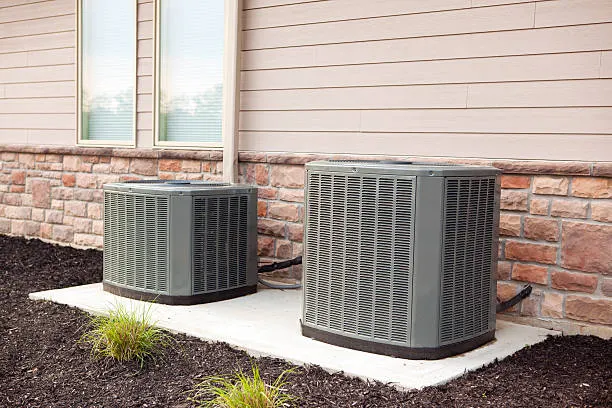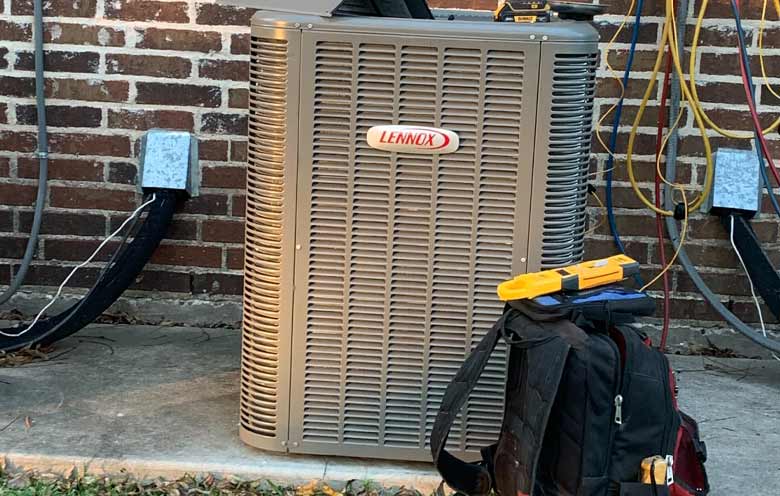When you think of your HVAC system, you might think of the bulky air conditioners that sit outside your home or the furnace in your basement. You might even think about the vents in your bedroom, living room, or kitchen. But have you ever stopped to think about the metal channels that connect your air conditioner and furnace to those vents? These metal channels are called the ductwork, and it forms an integral part of your HVAC system.
In this article, we’re going to go through the main parts of your HVAC system’s ductwork, how they work, and when (and why!) they may need to be replaced.
There are several HVAC duct components that make up your HVAC system. Here are some of the main parts:
Ducts (Pipes and Trunks)
The duct pipes and trunks in your home and made of several different components. Simply put, the duct pipes and trunks are the main channels that connect to the air handler and provide a conduit for warmed or cooled air to be blown throughout your home. The duct trunk is the large main trunk, while the duct pipes connect that trunk to each room of your home.
Most of the time, these trunks and pipes are made of galvanized steel but, for places where your walls need a more bendable option, flexible aluminum can also be used. This aluminum is generally called flex piping in ductwork.
Besides the trunk and pipes, there are other ducts that bring air into very specific places within the home. For example, a tall, thin, vertical duct pipe is called a stack, which allows air to be blown vertically through a thin wall. Stack heads are found at the end of this type of duct pipes.
Duct Transitions
Obviously, these ducts need to be connected according to the shape of the home if your HVAC system is to work efficiently. There isn’t a one-size-fits-all approach to HVAC systems, so these duct trunks and pipes must be connected using duct transitions




